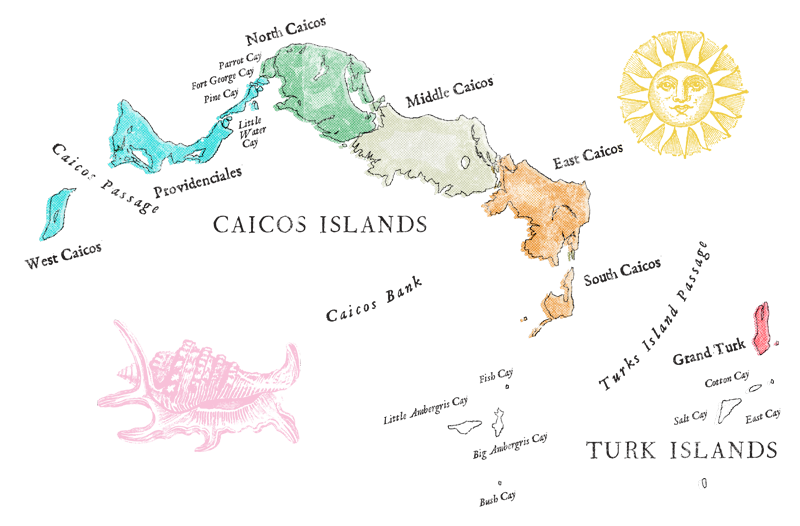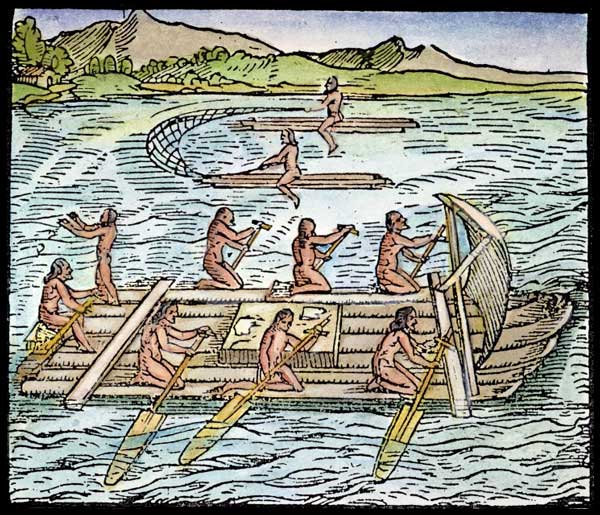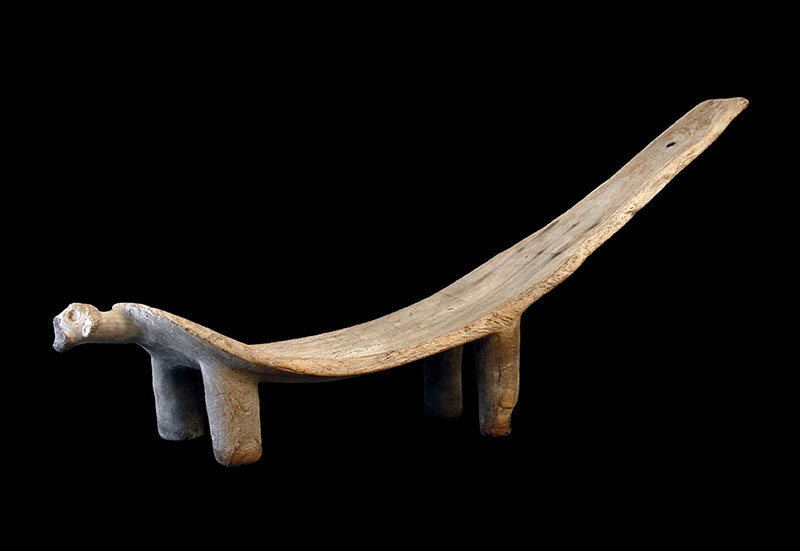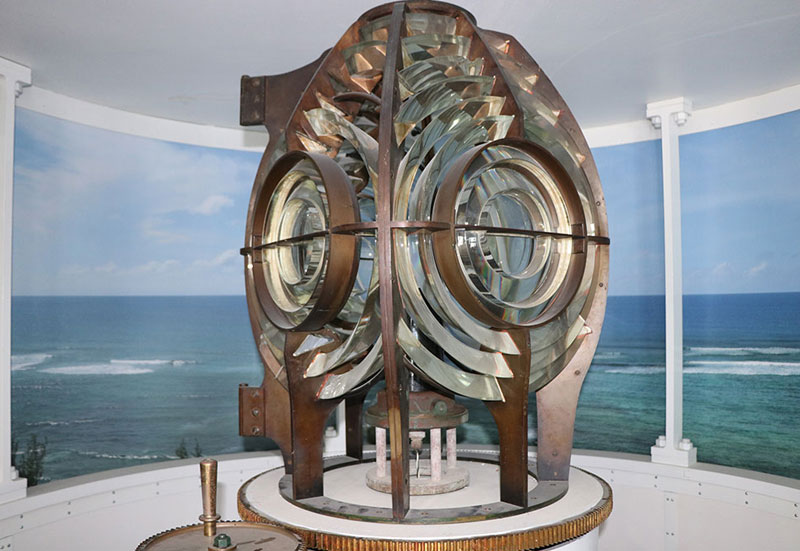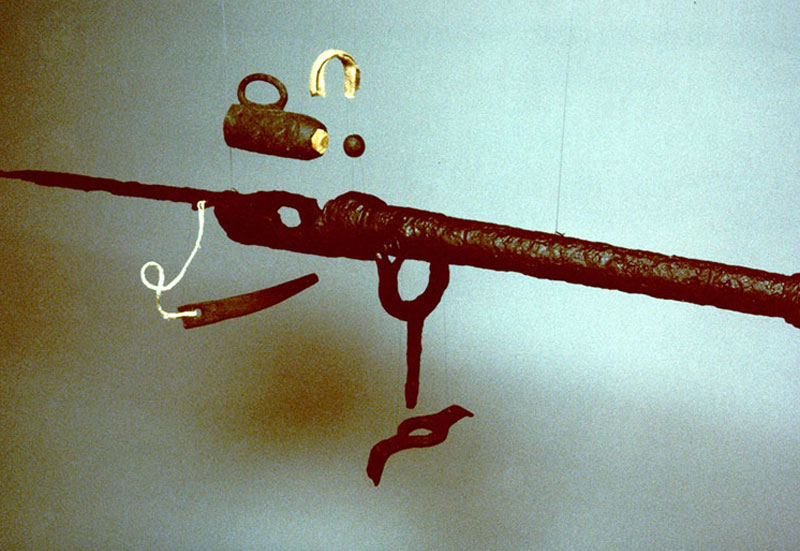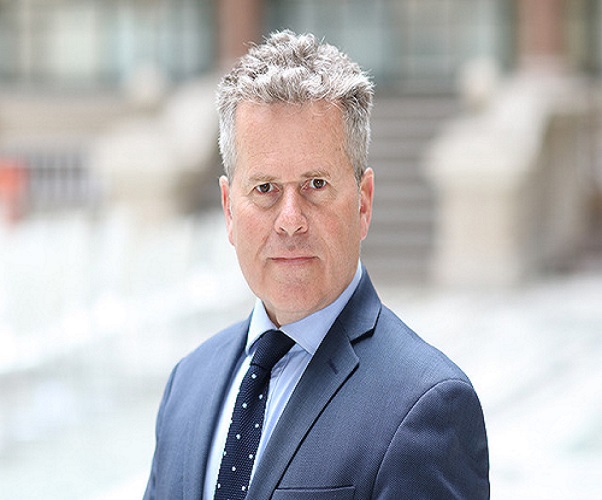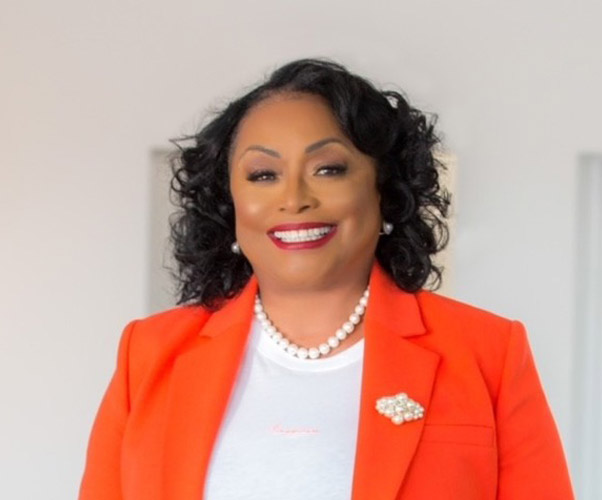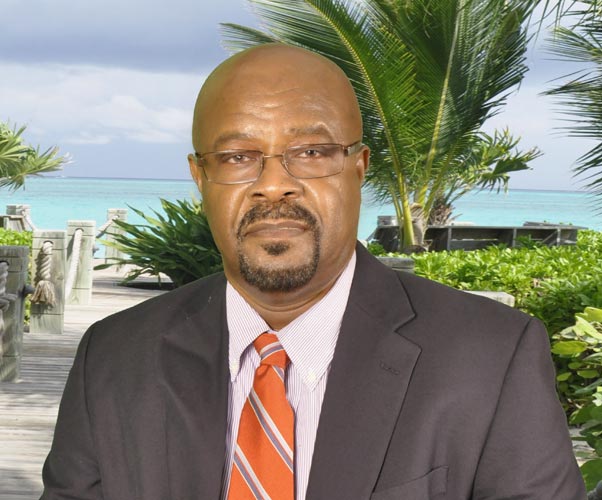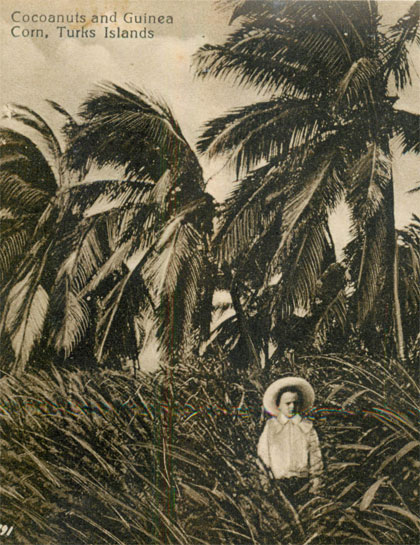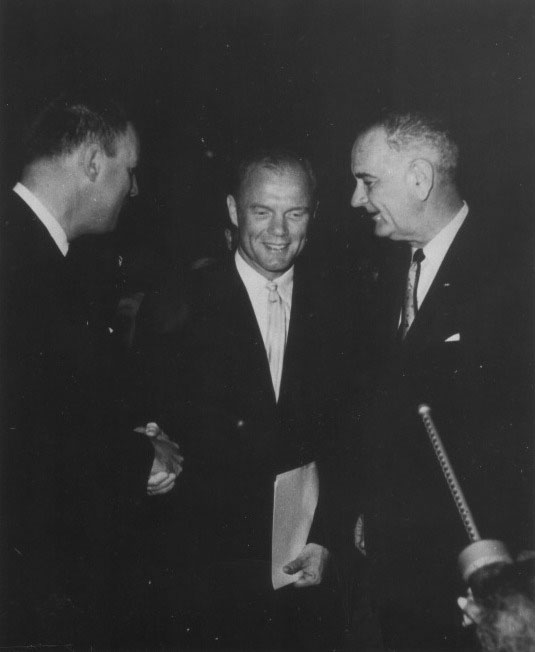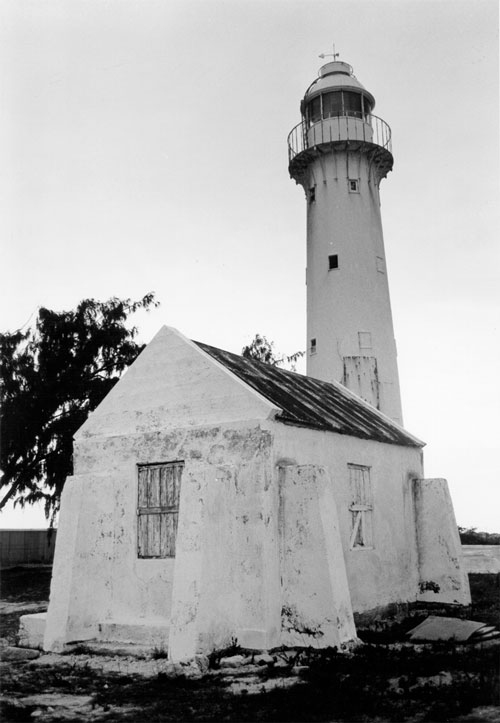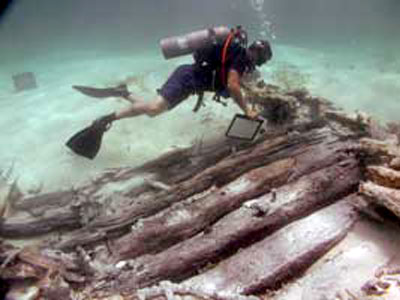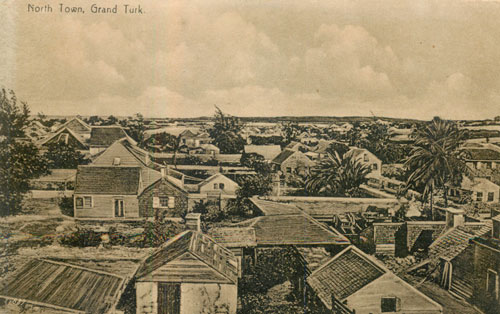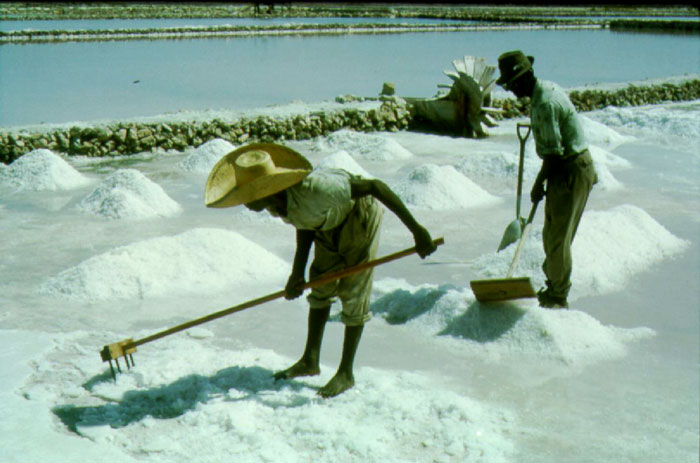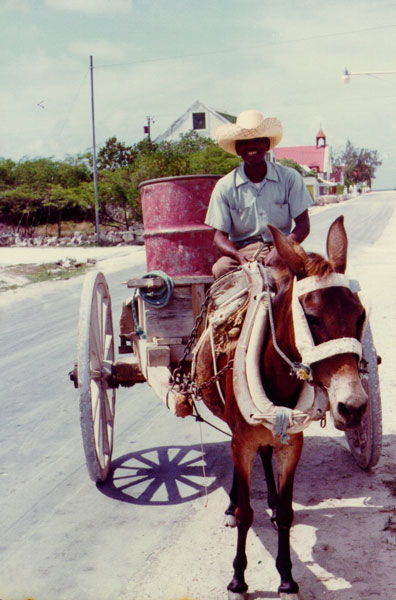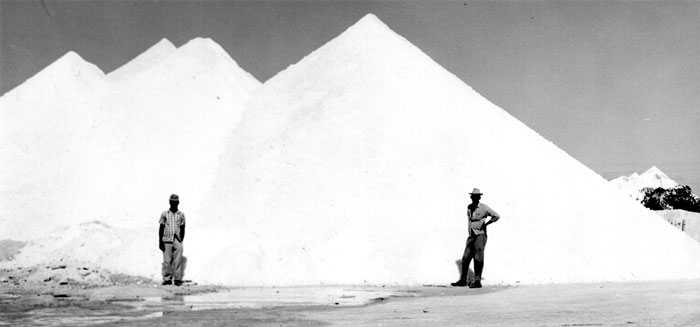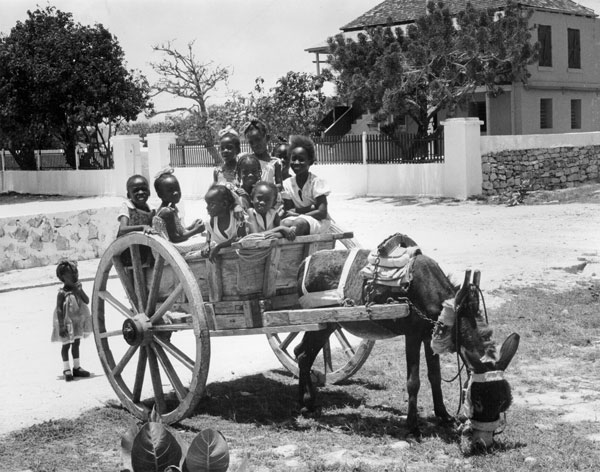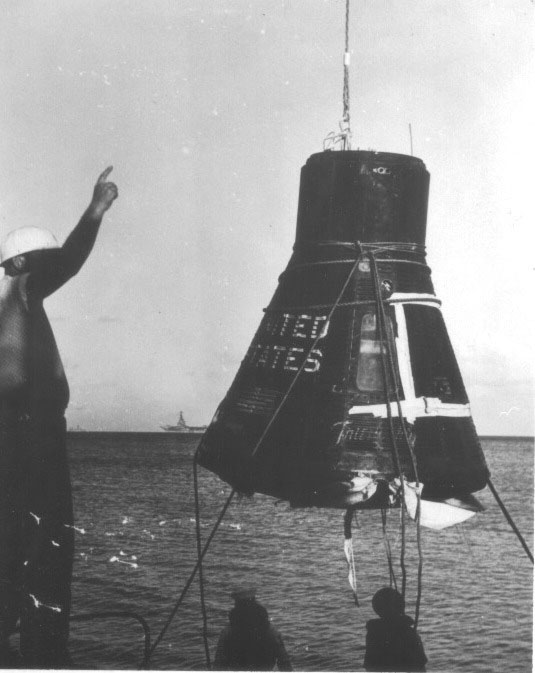Turks Islands Salt
The First African slaves were brought to the Islands by the Bermudans to work the saltpans.
At this time each British Citizen had a right to work a part of the salt ponds (known as the headright system) Each adult was given one share with the slave’s shares transferred to their owners.
Slave development here was completely different to the sugar plantations one could find in the Caribbean. On sugar plantations it was generally accepted that for every one female slave there would be seven males. This meant that no “normal” family life could exist, and that the slave population was not self-sustaining, requiring more people to be taken from Africa. This had two main effects – It kept the African slave trade going, and those slaves that came to the West Indies were more aggressive about gaining their freedom.
For the salt industry, it was a different story. Generally, equal numbers of men, women and children were required: men to rake, women and children to bag and carry salt. This set up meant that more “normal” nuclear family lives were allowed to develop, which meant that with children being born the slave community was generally self perpetuating. Of course additional new slaves would have been introduced and these would have included ones from Africa.
Among the early documents, written between the Kings Agent, Andrew Symmer and the British government, one can find the first regulations that were produced to manage the salt ponds. Amongst these regulations written in 1767 (CO23/16) are several references to the management and involvement of the slave population and include:
7. In order to prevent the great number of negroes sent annually to these Islands & where masters reside in Bermuda, for the future, no persons will be allowed to Land negroe’s in order to work in his Majesty’s Ponds unless the owner of such negroe’s actually is an inhabitant of Turks Islands, and all owners of negroe’s to be accountable for the actions of their slaves, in case they damage any of the inhabitants or settlers at Turks Islands
11. All persons arriving at Turks Islands with a design of becoming inhabitants are to give in their names to the proper officer, with the number of servants & slaves belonging to them upon oath, in order that their slaves may be duly proportioned
13. No black person or molatto allowed to settle on Turks Islands as free people unless it can be proved by sufficient evidence that such blacks or molattos were born free.
In the early days of 1767 there was clearly a concern about absentee slave owners and the numbers of slaves allowed per owner. Regulation 7 above followed the threat of many slaves being sent to the salt islands from Bermuda to work without their owners and was designed to limit the number of slaves working in the Turks Islands.
The salt regulations of 1767 also clearly indicate the position of the slave:
“Slaves not permitted to work on their own in any of the ponds under such penalty as the General Board shall think proper”.
“Persons going into the bounds of others in the ponds, or making use, or destroying the salt utensils of others without the consent of the owners, to suffer a penalty, and if any Negro is guilty of the above offences the master or owner of such Slave to make good the damage & the Negro or slave to be punished”
“Persons buying or receiving salt from servants or Negro’s with leave of their masters shall pay ten fold, to the master of such servant or Negro”
“Masters of vessells, obliged in 24 hours after their arrival (weather permitting) to enter their vessells with Ephraim Gilberth, & give a joint bond with some substantial settler in the sum of one hundred pounds (or deposit their register by way of security) they will not depart from the Islands without satisfying on discharging all just debts due to the inhabitants, that they carry off no servant or slave, without the consent of their masters, and they will give a true account upon oath, of the quantity of salt, taken on board their vessells, the names of the persons, from whom they purchased & the price paid for each bushell of Salt taken on board”
The real concern voiced was that they needed to increase the number of white residents who could keep control of the slaves and also act as defenders of the Islands if it was attacked by the French or Spanish.
This led to restrictions being placed on the number of slaves that could be employed: “ That no inhabitant of these Islands, holding Town Lot of ground shall be allowed to work or employ in the Salt Ponds of these Islands for his or their benefit in any of the Islands called Turks Islands more than six slaves, which slaves shall be their own property, and those inhabitants who are only allowed one third of a Town Lot, to be allowed only two slaves, & so in proportion….”
The commissioners, along with the King’s Agent, supervised slaves, which were “borrowed” from owners to carry out work on the ponds infrastructure, which would benefit all the salt rakers, as well as other public work, for example, The King’s Agent, Murray, forced the salt proprietors to supply slave labour to build Murray’s Fort to defend Grand Turk in case of attack from Haiti in the late 1790s. Murray also set up a slave militia, comprising of 50 trusted slaves, to help defend the Islands.
We must also remember that the salt industry was also linked to the slaves throughout the Caribbean. The staple diet of the slaves on the French sugar plantations was salted fish, salt from the Turks Island often being used.
In John Wilson’s survey of the Bahamas in 1783 to assess the Islands for suitability for the transfer of some of the Loyalists from Florida (Kozy p.66) he recorded 29 heads of households, and 20 slaves on the Turks Islands. Wilson, however, explained the numbers were not accurate as the Turks islands received seasonal workers from Bermuda. Wylly in his “Short Account of the Bahamas” of 1789 estimated that prior to the Loyalists arrival there were only 18 resident white heads of families and 40 slaves on Grand Turk in 1788 (Saunders, 1985, p 20). Even though this appears to be a contemporary account one must question its validity. In real terms there were lots more salt rakers and slaves present, especially during the salt raking season; we know a letter sent to England in 1769 requesting that the Islands be placed under Bermudan rather than Bahamian rule was signed by 102 men (heads of households), with a further 7 refusing to sign it (the names include Coopers, Darrells and Friths). This suggests that he was only counting the permanent residents and not the seasonal workers.
